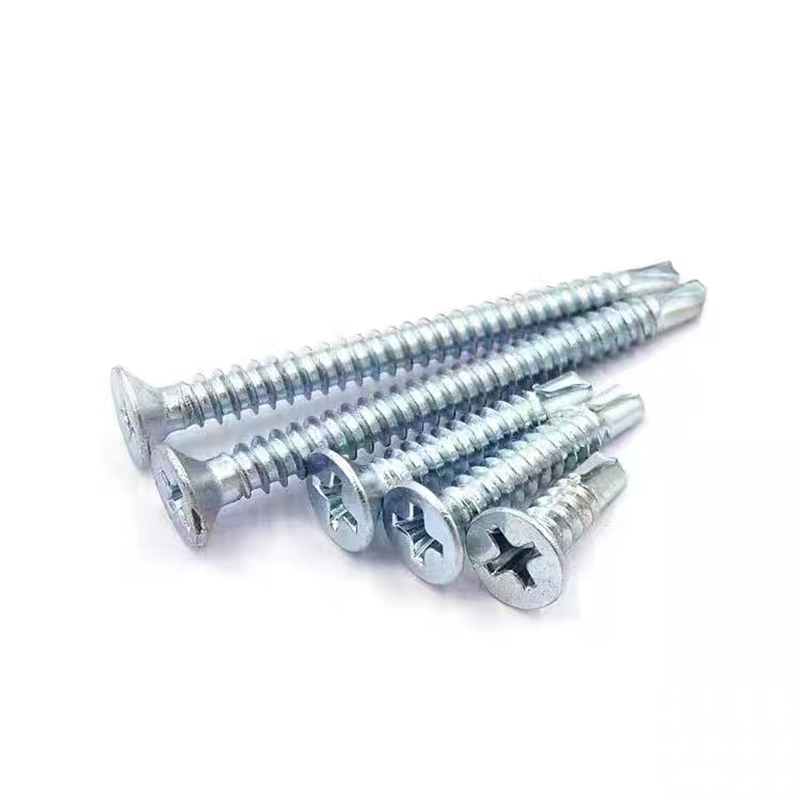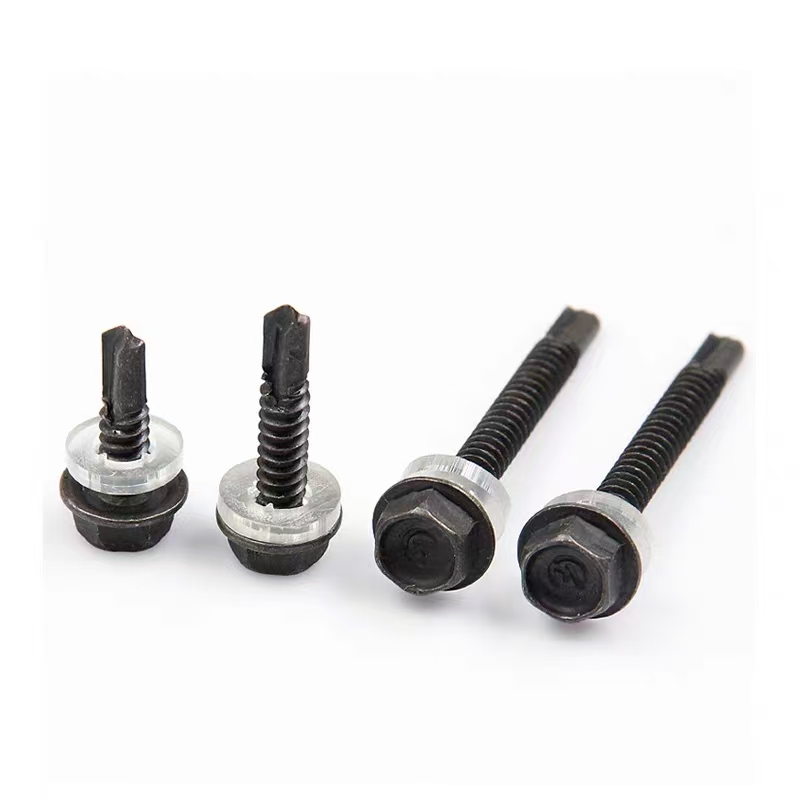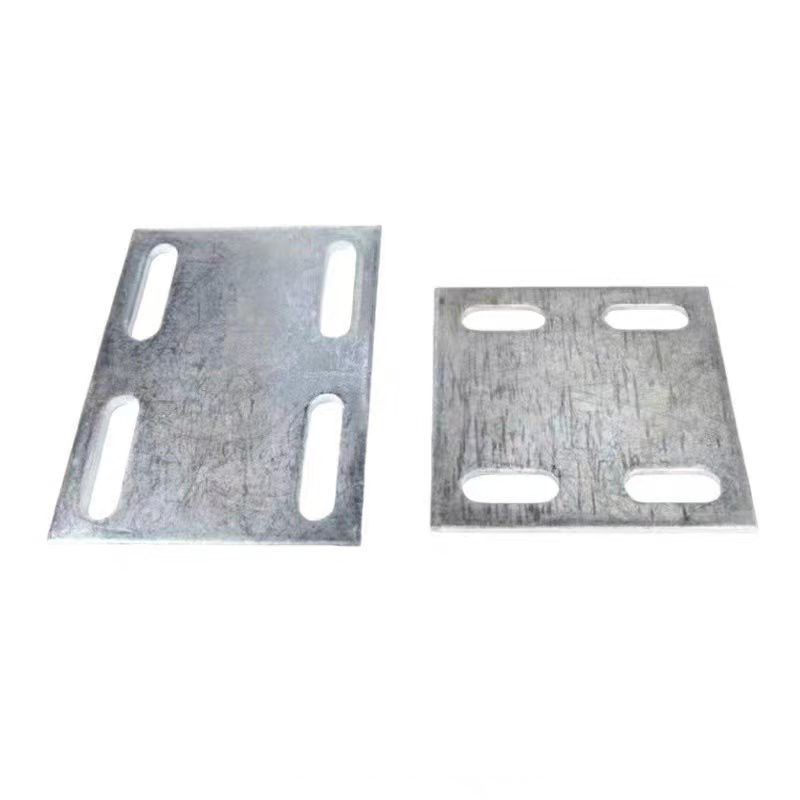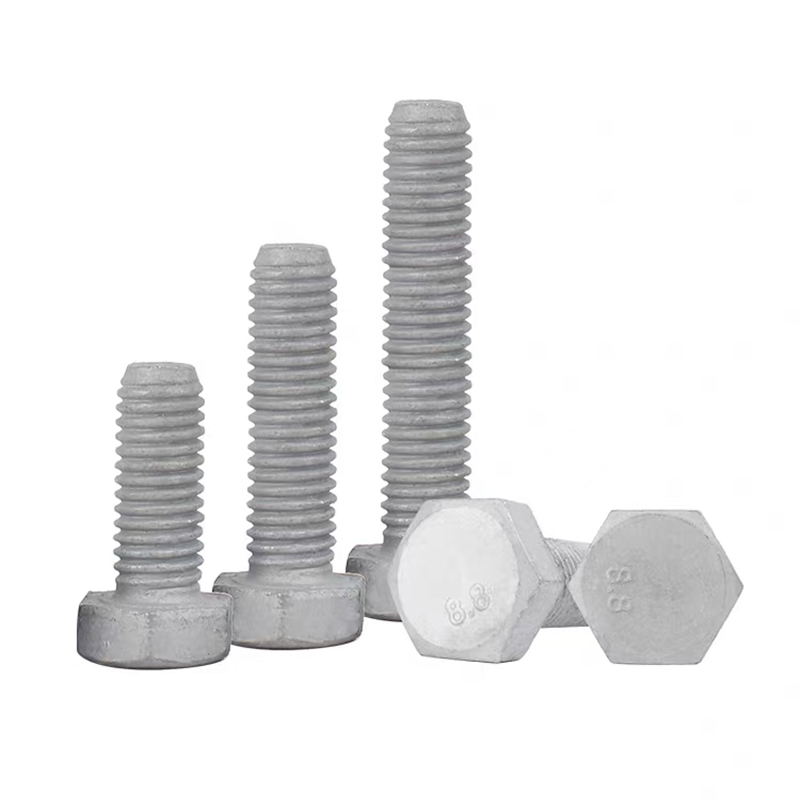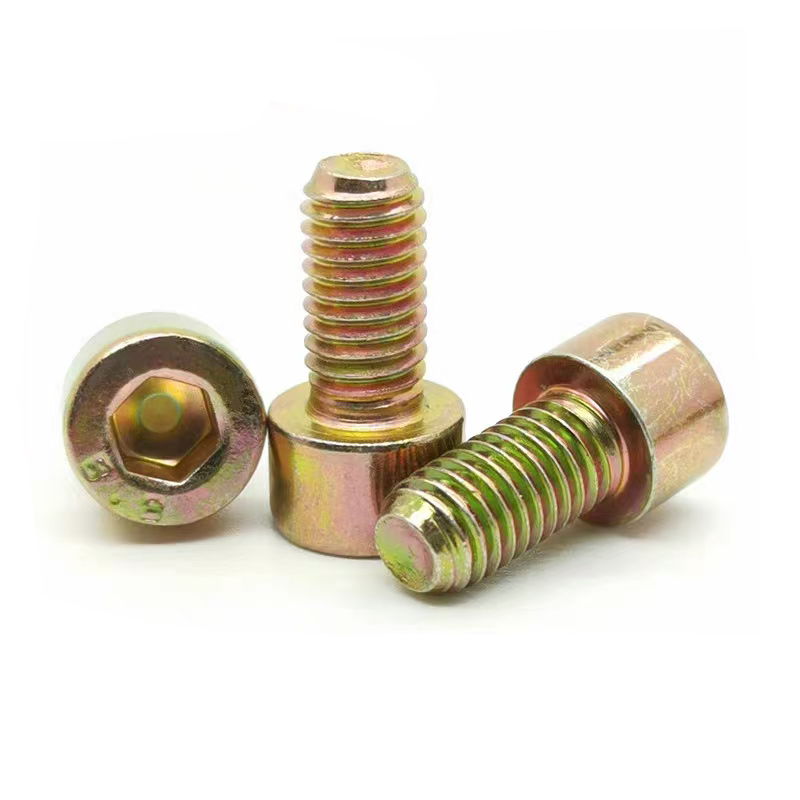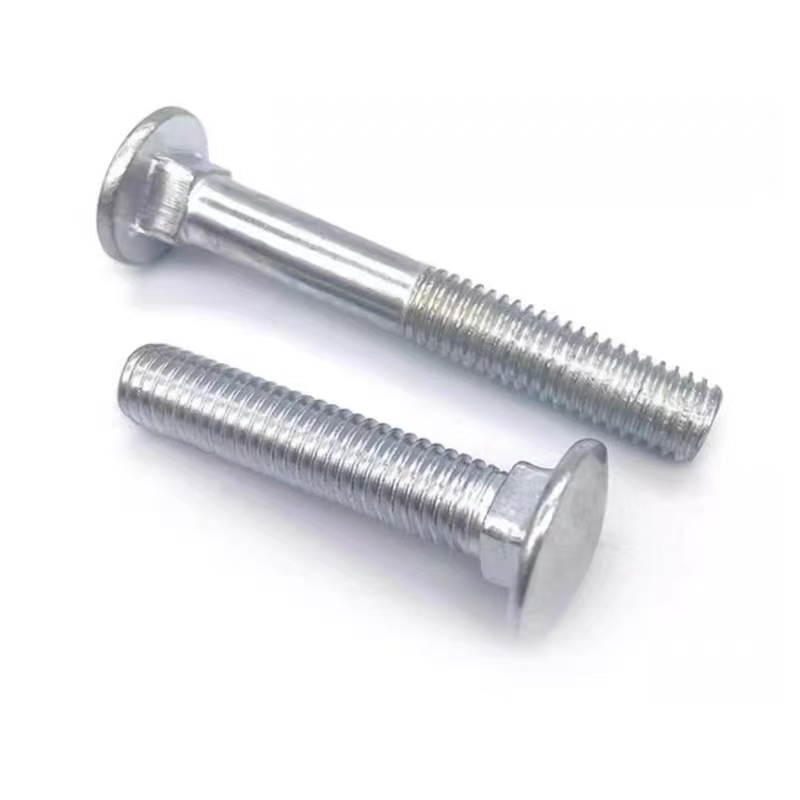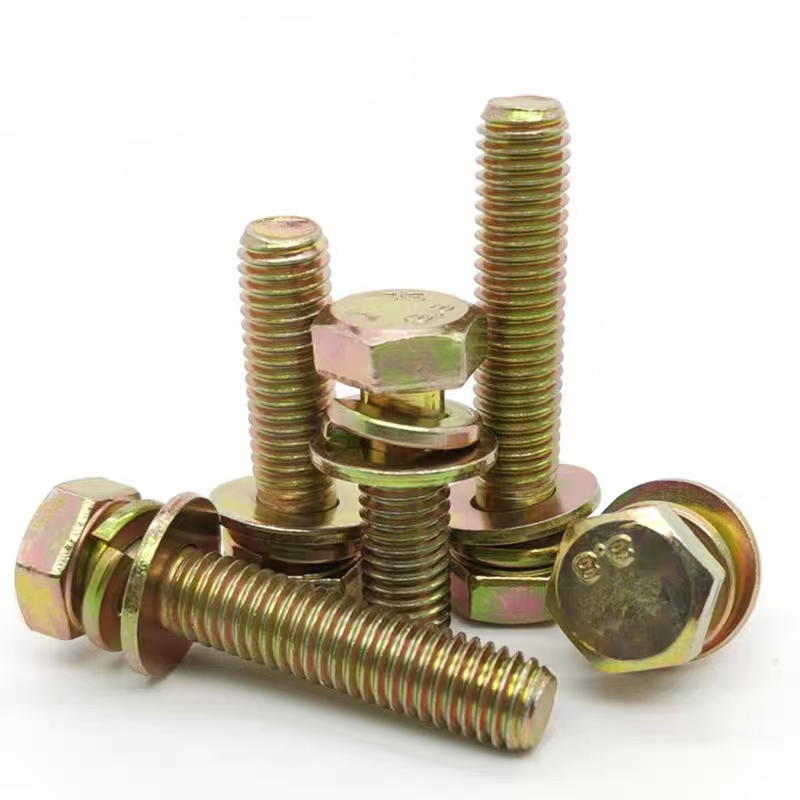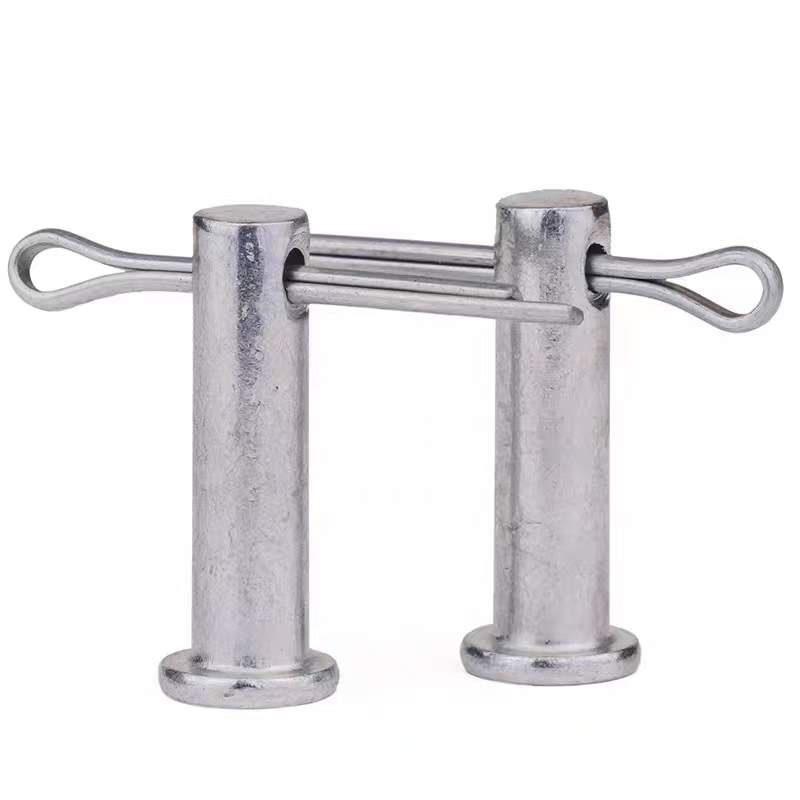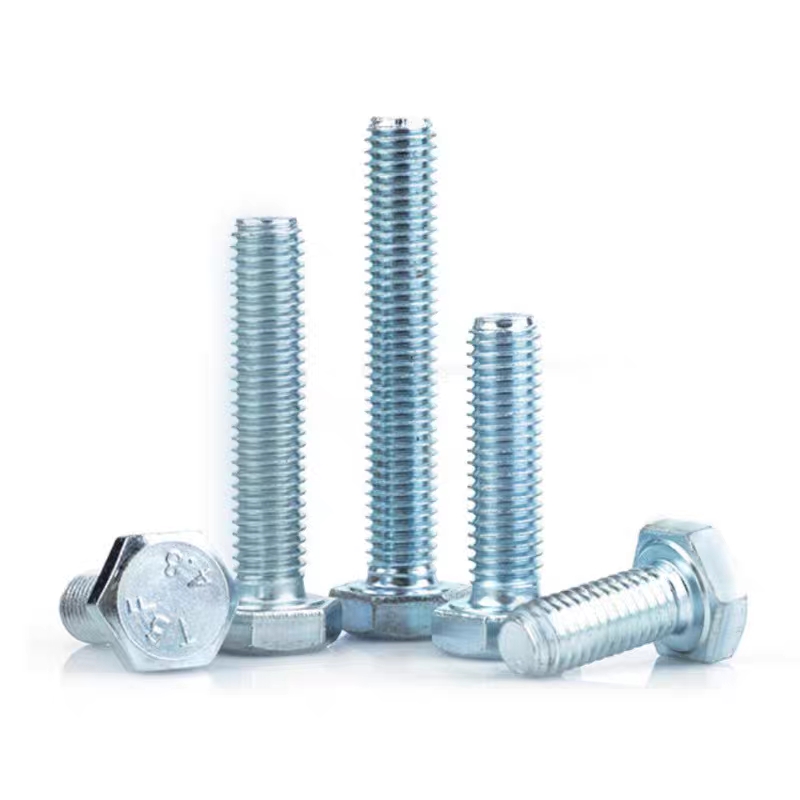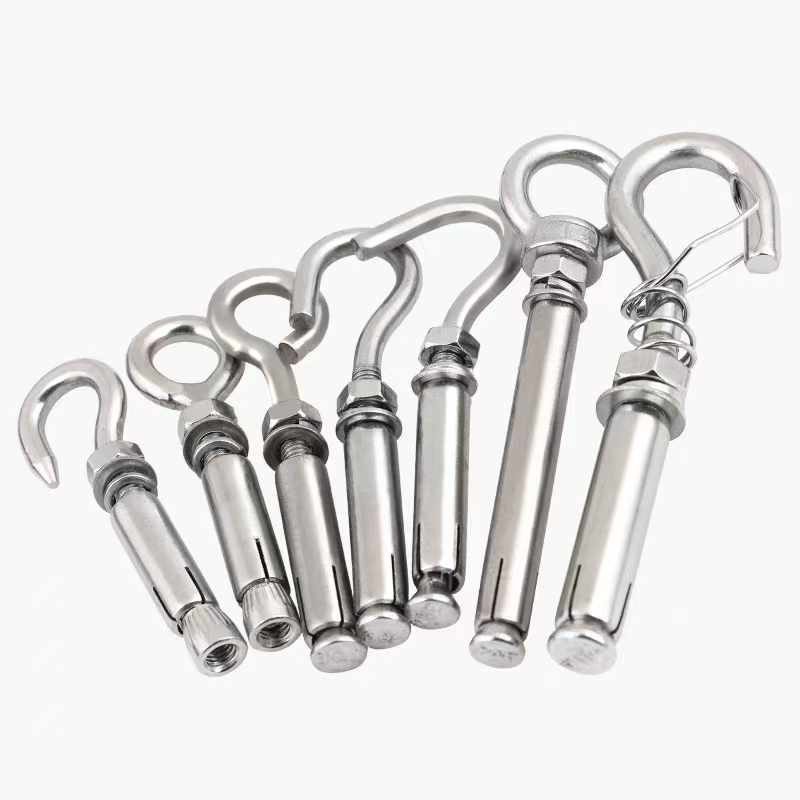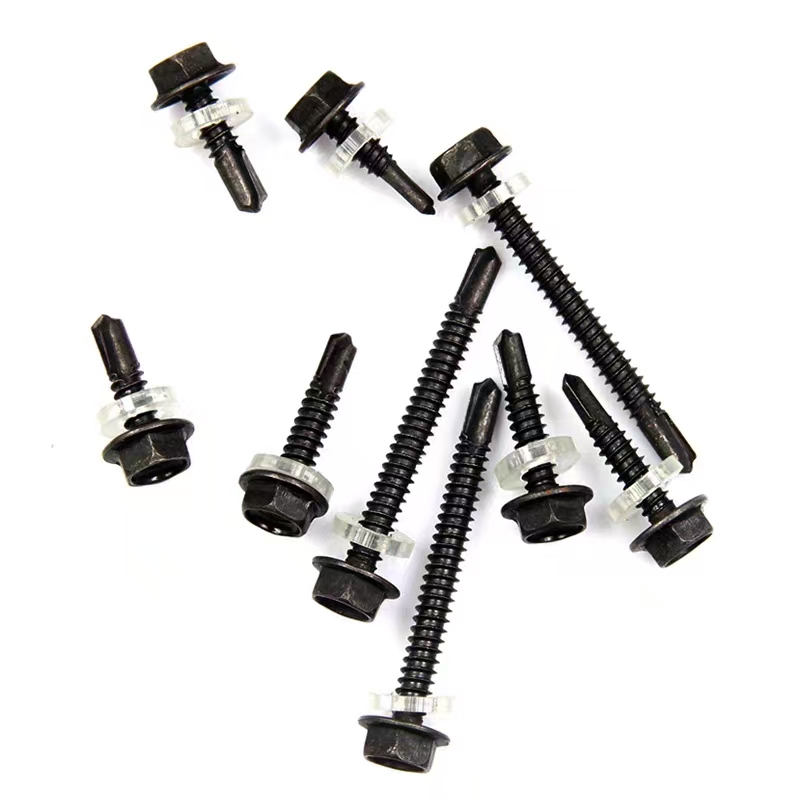- Chinese
- French
- German
- Portuguese
- Spanish
- Russian
- Japanese
- Korean
- Arabic
- Irish
- Greek
- Turkish
- Italian
- Danish
- Romanian
- Indonesian
- Czech
- Afrikaans
- Swedish
- Polish
- Basque
- Catalan
- Esperanto
- Hindi
- Lao
- Albanian
- Amharic
- Armenian
- Azerbaijani
- Belarusian
- Bengali
- Bosnian
- Bulgarian
- Cebuano
- Chichewa
- Corsican
- Croatian
- Dutch
- Estonian
- Filipino
- Finnish
- Frisian
- Galician
- Georgian
- Gujarati
- Haitian
- Hausa
- Hawaiian
- Hebrew
- Hmong
- Hungarian
- Icelandic
- Igbo
- Javanese
- Kannada
- Kazakh
- Khmer
- Kurdish
- Kyrgyz
- Latin
- Latvian
- Lithuanian
- Luxembou..
- Macedonian
- Malagasy
- Malay
- Malayalam
- Maltese
- Maori
- Marathi
- Mongolian
- Burmese
- Nepali
- Norwegian
- Pashto
- Persian
- Punjabi
- Serbian
- Sesotho
- Sinhala
- Slovak
- Slovenian
- Somali
- Samoan
- Scots Gaelic
- Shona
- Sindhi
- Sundanese
- Swahili
- Tajik
- Tamil
- Telugu
- Thai
- Ukrainian
- Urdu
- Uzbek
- Vietnamese
- Welsh
- Xhosa
- Yiddish
- Yoruba
- Zulu
- Kinyarwanda
- Tatar
- Oriya
- Turkmen
- Uyghur

Products
7-shaped anchors (7-shaped anchor bolts)
The 7-shaped anchor is named because one end of the bolt is bent in a “7” shape. It is one of the most basic types of anchor bolts. Its structure includes a threaded rod body and an L-shaped hook. The hook part is buried in the concrete foundation and connected to the equipment or steel structure through a nut to achieve a stable fixation.
Description
marker
Product definition and structure
The 7-shaped anchor is named because one end of the bolt is bent in a "7" shape. It is one of the most basic types of anchor bolts. Its structure includes a threaded rod body and an L-shaped hook. The hook part is buried in the concrete foundation and connected to the equipment or steel structure through a nut to achieve a stable fixation.
Core materials and characteristics
Material: Commonly used Q235 ordinary carbon steel (moderate strength, low cost), Q345 low alloy steel (high strength) or 40Cr alloy steel (ultra-high strength), the surface can be galvanized (hot-dip galvanized or electro-galvanized) for corrosion protection.
Features:
- Flexible installation: The hook design enhances the holding force of concrete and is suitable for fixing small and medium-sized equipment;
- Pull-out performance: The mechanical engagement between the hook and the concrete resists upward pulling force;
- Standardization: It complies with national standards such as GB/T 799, and the specifications are optional from M16 to M56.
Functions and applicable scenarios
Functions:
Fix steel structure columns, street lamp bases, and small mechanical equipment;
Bear static loads, such as building frames and billboard brackets.
Scenario:
Municipal engineering (street lamps, traffic signs), light steel structure factories, and household equipment (such as air conditioner outdoor unit brackets).
Installation and maintenance
Installation:
Reserve holes in the concrete foundation, insert the 7-shaped footing and cast;
Tighten the equipment with nuts and adjust the level when installing it.
Maintenance:
Check the tightness of the nuts regularly, and the damaged galvanized layer needs to be repainted for corrosion protection.
Purchase suggestions
Choose materials according to the load: Q235 is suitable for ordinary scenes, Q345 is suitable for high loads (such as bridges);
The length of the hook must meet the requirements of the concrete burial depth (usually 25 times the bolt diameter).
Comparison and selection guide of three major anchors
| Type | 7-shaped anchor | Welding plate anchor | Umbrella handle anchor |
| Core advantages | Standardization, low cost | High load-bearing capacity, vibration resistance | Flexible embedding, economy |
| Applicable load | 1-5 tons | 5-50 tons | 1-3 tons |
| Typical scenarios | Street lights, light steel structures | Bridges, heavy equipment | Temporary buildings, small machinery |
| Installation method | Embedding + nut fastening | Embedding + welding pad | Embedding + nut fastening |
| Corrosion resistance level | Electrogalvanizing (conventional) | Hot-dip galvanizing + painting (high corrosion resistance) | Galvanizing (ordinary) |
Selection suggestions:
Economic needs: Umbrella handle anchors are preferred, taking into account both cost and function;
High stability needs: Welded plate anchors are the first choice for heavy equipment;
Standardized scenarios: 7-shaped anchors are suitable for most conventional fixing needs.





